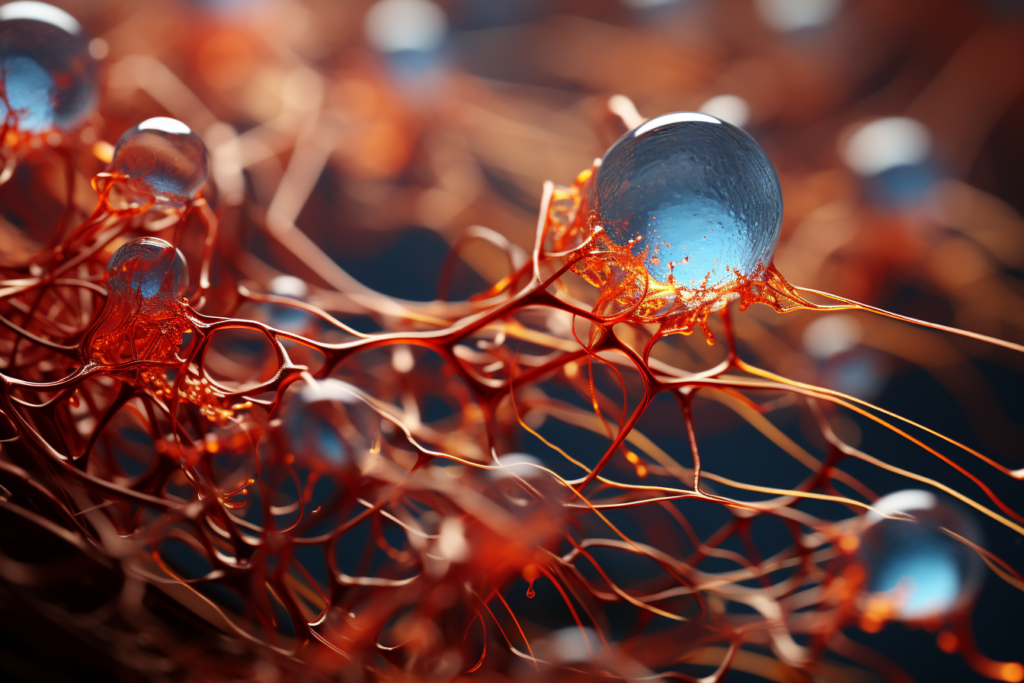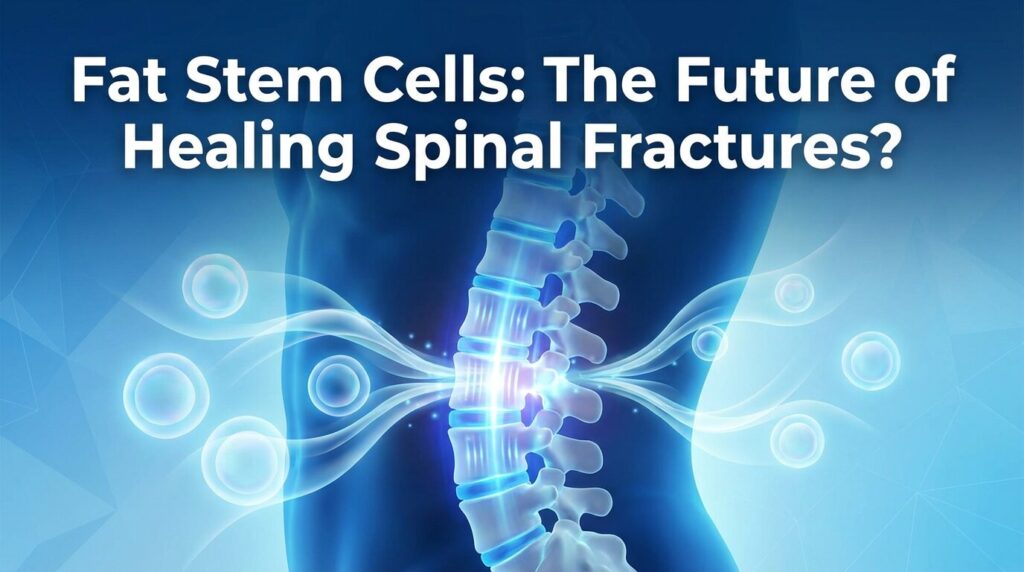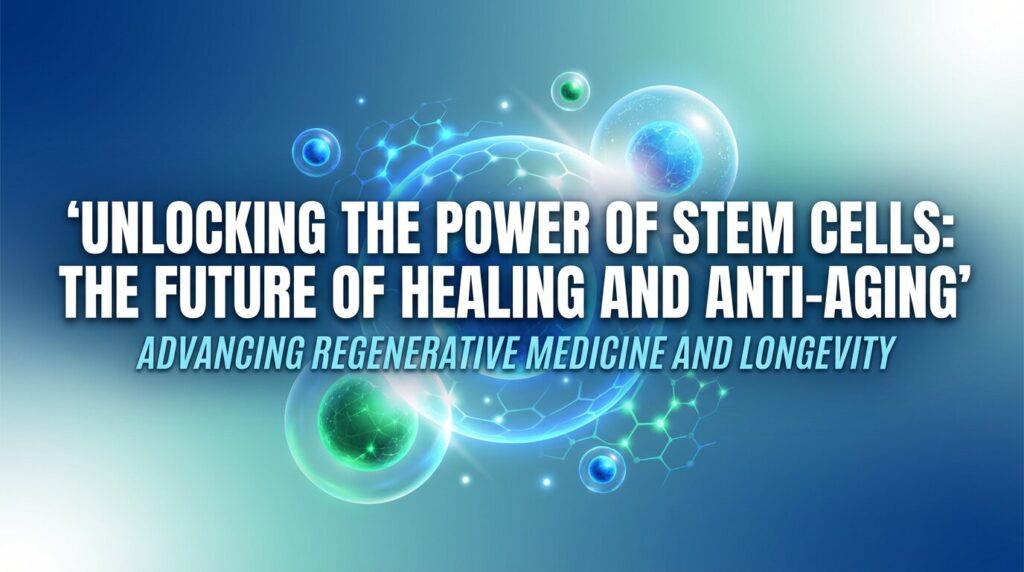Welcome to our exploration of the fascinating world of stem cell therapies, particularly focusing on their potential in treating eye diseases. If you’ve ever wondered about the power of these tiny cells, you’re in the right place.
Imagine stem cells as the all-stars of the cellular world. They’re like the Swiss Army knives of cells, equipped with the potential to transform into various cell types, much like a master key that can open many doors. In this context, we’re going to delve into the specifics of retinal stem cells and their role in eye disease treatment.
The retina, a thin layer at the back of the eye, is like the movie screen of our visual system, where the images we see are projected and sent to the brain. But what happens when this screen gets damaged? This is where retinal stem cells come into play.
Stay with us as we journey through the science, the potential, and the future of stem cell therapy in treating retinal diseases. We’ll be your guide, providing insights and breaking down complex concepts into digestible information. So, whether you’re a curious reader, a patient seeking alternatives, or a healthcare professional looking to update your knowledge, we hope this exploration enlightens and inspires you.
Let’s dive in and discover the potential of stem cells in revolutionizing the treatment of eye diseases.
Understanding Eye Diseases
Eye diseases are like uninvited guests that can disrupt the harmony of our vision. They come in various forms, each with its unique set of challenges. From age-related macular degeneration that’s akin to a slowly encroaching fog, to retinal diseases like retinitis pigmentosa, which can feel like slowly being encased in darkness as peripheral vision fades.
These conditions affect millions of people worldwide, and their impact on vision can be as mild as slightly blurred vision or as severe as complete blindness. It’s like trying to watch a movie with a smudged or broken screen. Not an ideal situation, right?
Current treatments for these eye diseases vary. They can be as simple as prescription glasses or as complex as surgery. But just like using duct tape to fix a leak, these solutions often manage the symptoms rather than addressing the root cause of the problem.
This is where the magic of stem cell therapy comes into play. Imagine being able to replace the broken parts of a machine instead of just patching them up. That’s the potential of stem cell therapy for retinal diseases. But before we dive into that, let’s take a closer look at the stars of our show: the retinal stem cells.
Stay tuned as we delve into the science of these remarkable cells and their potential role in revolutionizing the treatment of eye diseases.
The Science of Retinal Stem Cells
Retinal stem cells are like the superheroes of the cellular world, possessing unique abilities that set them apart. But what exactly are these cells, and why are they so special?

Retinal stem cells are a type of cell found in the eye, specifically in the retina. Think of them as the seeds in a garden, holding the potential to grow into various types of plants. Similarly, these cells have the potential to develop into different types of retinal cells, including photoreceptor cells and retinal pigment epithelial (RPE) cells.
The retina is like a beautiful mosaic made up of different types of cells, each playing a unique role in our vision. Photoreceptor cells, for instance, are like the camera sensors, capturing light and converting it into signals. On the other hand, RPE cells are like the caretakers, supporting and nourishing the photoreceptors.
When diseases cause damage to these cells, it’s like having missing pieces in our mosaic or a camera with faulty sensors. This is where the superhero abilities of retinal stem cells come into play. They have the potential to replace the damaged cells, restoring the mosaic and fixing the camera.
In the next section, we’ll delve deeper into how these stem cells can be used in therapy for retinal diseases. We’ll explore the process, the benefits, and the risks, providing a comprehensive overview of this promising field. So, stay with us as we continue our journey into the world of stem cell therapy.
Retinal Stem Cells and Eye Disease Treatment
Imagine if we could fix a broken watch by simply replacing the damaged parts with new ones. That’s the potential of retinal stem cell therapy in treating eye diseases.
Retinal stem cells have the potential to repair or replace damaged cells in the retina, much like a gardener planting new seeds to replace wilted plants. This is a game-changer in the field of eye disease treatment, particularly for retinal diseases.
Let’s take age-related macular degeneration, for example. It’s like a storm that damages the central part of your vision. Current treatments can slow down the progression, but they can’t reverse the damage. But what if we could replace the damaged cells with new ones? That’s the promise of stem cell therapy.
Research and clinical trials are underway to explore this potential. In one study, scientists transformed stem cells into retinal pigment epithelial cells and transplanted them into the eyes of patients. It’s like planting new flowers in a garden to replace the ones that have withered.
These are still early days, and much more research is needed. But the initial results are promising, providing a ray of hope for millions of people affected by retinal diseases.
In the next section, we’ll take a closer look at the process of retinal stem cell therapy, from how these cells are harvested to how they are administered to patients. So, stay with us as we delve deeper into this exciting field of stem cell treatment.
The Process of Retinal Stem Cell Therapy
The process of retinal stem cell therapy is like a well-choreographed dance, with each step carefully planned and executed. It begins with the harvesting of stem cells.
Stem cells can be sourced from various places, including bone marrow or even adipose tissue. But for retinal diseases, scientists often use pluripotent stem cells. These cells are like the clay of the cellular world, with the potential to be molded into any cell type, including retinal cells.
Once the stem cells are harvested, they are then coaxed to transform into retinal cells in a lab. It’s like guiding a seed to sprout into a specific type of plant. This process is known as differentiation.
Next comes the preparation of these cells for therapy. The newly formed retinal cells are carefully cultivated and checked for quality. It’s akin to nurturing seedlings in a nursery, ensuring they are healthy and ready for transplantation.
The final step is the administration of the therapy to patients. This involves transplanting the new retinal cells into the patient’s eye. Imagine it as planting new flowers in a garden, with the hope that they will grow and restore the beauty of the landscape.
This process, while complex, holds immense potential. It’s like having the power to restore a damaged painting, one brushstroke at a time. But as with any medical procedure, it comes with its own set of benefits and risks, which we will explore in the next section. So, stay with us as we continue our journey into the world of stem cell therapy for retinal diseases.
Benefits and Risks of Retinal Stem Cell Therapy
Like any coin, retinal stem cell therapy also has two sides: the potential benefits and the possible risks. Let’s explore both to give you a balanced view.
On the one hand, the benefits of this therapy can be life-changing. Imagine being able to see the world in full color and detail after years of living in a fog. That’s the potential of stem cell therapy for retinal diseases. By replacing damaged cells with new ones, it offers the possibility of not just halting the progression of the disease, but also reversing the damage.
Moreover, this therapy could be a beacon of hope for those with conditions that currently have limited treatment options. It’s like finding a new path when all other roads are blocked.
On the other hand, as with any medical procedure, there are risks involved. These could range from minor side effects like inflammation to more serious complications like retinal detachment. It’s like embarking on a voyage into uncharted waters; there could be storms along the way.
Moreover, the field of stem cell therapy is still relatively new, and many treatments are still in the clinical trial stage. It’s like being on the frontier of a new land; there’s a lot we still don’t know.
In the next section, we’ll look towards the future and explore the ongoing research in this field and the potential advancements in retinal stem cell therapy. So, stay with us as we continue our journey into the world of stem cell treatment for eye diseases.
The Future of Retinal Stem Cell Therapy
The future of retinal stem cell therapy is like an unwritten book, filled with potential chapters of breakthroughs and advancements. As we stand on the brink of this new frontier, let’s explore what the future might hold.
Ongoing research in this field is like a ship sailing into uncharted waters, with new discoveries on the horizon. Scientists are continuously working to refine the techniques of harvesting, differentiating, and transplanting stem cells. It’s like perfecting a recipe, tweaking each step to get the best possible outcome.
Potential future advancements in retinal stem cell therapy could include the development of more effective ways to deliver the cells to the retina, or even the creation of “off-the-shelf” treatments that can be readily available for patients. Imagine a world where treatment for retinal diseases is as simple as a visit to the eye institute.
However, the journey to that future is not without challenges. It requires continued research, rigorous clinical trials, and above all, patience. It’s like planting a seed; it takes time and care for it to grow into a tree.
The role of patients and the public in advancing this field cannot be overstated. Your interest, your support, and your voices are crucial in driving forward the research and advocating for the potential of stem cell therapies.
As we turn the page to this exciting new chapter, we invite you to join us in exploring and supporting the potential of stem cell therapy for retinal diseases. Together, we can illuminate the path to a future where vision loss is no longer a life sentence, but a treatable condition.
FAQ
Q: What is the use of retinal stem cells in eye disease treatment?
A: Retinal stem cells have the potential to repair or replace damaged cells in the retina, offering a promising approach for treating various eye diseases, including retinal degenerative diseases and inherited retinal diseases.
Q: What types of stem cells are used in the treatment of retinal diseases?
A: Different types of stem cells can be used in the treatment of retinal diseases, including embryonic stem cells, induced pluripotent stem cells, and mesenchymal stem cells.
Q: How can embryonic stem cells be used to treat retinal diseases?
A: Embryonic stem cells have the ability to differentiate into various cell types, including retinal pigment epithelium cells. These cells can be transplanted into the retina to replace damaged or degenerated cells.
Q: What are induced pluripotent stem cells?
A: Induced pluripotent stem cells are adult cells that have been reprogrammed to behave like embryonic stem cells. These cells can differentiate into various cell types, including retinal progenitor cells.
Q: How can induced pluripotent stem cells be used in the treatment of retinal diseases?
A: Induced pluripotent stem cells can be differentiated into retinal progenitor cells, which can then be transplanted into the retina to replace damaged or diseased cells.
Q: What is the role of retinal pigment epithelium in retinal diseases?
A: Retinal pigment epithelium (RPE) is a layer of cells in the retina that plays a crucial role in supporting and nourishing the photoreceptor cells. Dysfunction or degeneration of RPE cells is commonly observed in retinal degenerative diseases.
Q: How can embryonic stem cell-derived retinal pigment epithelium (RPE) be used in the treatment of retinal diseases?
A: Embryonic stem cells can be differentiated into RPE cells in the laboratory setting. These cells can then be transplanted into the retina to replace damaged or degenerated RPE cells.
Q: What are the benefits of using stem cell transplantation for retinal diseases?
A: Stem cell transplantation offers several benefits, including the potential for restoring vision, preventing further progression of the disease, and improving the overall quality of life for individuals with retinal diseases.
Q: Is stem cell transplantation using human embryonic stem cells safe?
A: Extensive research and clinical trials have been conducted to ensure the safety and efficacy of stem cell transplantation using human embryonic stem cells. These studies have shown promising results, but further research is still ongoing.
Q: What are the success rates of stem cell-based treatments for retinal diseases?
A: The success rates of stem cell-based treatments for retinal diseases vary depending on several factors, including the specific disease being treated, the stage of the disease, and individual patient factors. It is important to consult with a qualified healthcare professional for personalized information regarding success rates and treatment options.
Conclusion
As we reach the end of our journey into the world of stem cell therapy for retinal diseases, we hope you’ve gained a deeper understanding of this exciting field. The potential of retinal stem cells to revolutionize the treatment of eye diseases is like a beacon of hope on the horizon, promising a future where vision loss could be a thing of the past.
From understanding the science of retinal stem cells to exploring the process of therapy and the potential benefits and risks, we’ve covered a lot of ground. But remember, this is just the beginning. The field of stem cell therapy is rapidly evolving, and we’re excited to see what the future holds.
We encourage you to continue exploring, asking questions, and supporting this promising field. After all, the potential of stem cells is not just in the cells themselves, but in the hands of the researchers, the doctors, and the patients who believe in their power to heal.


